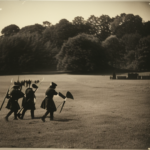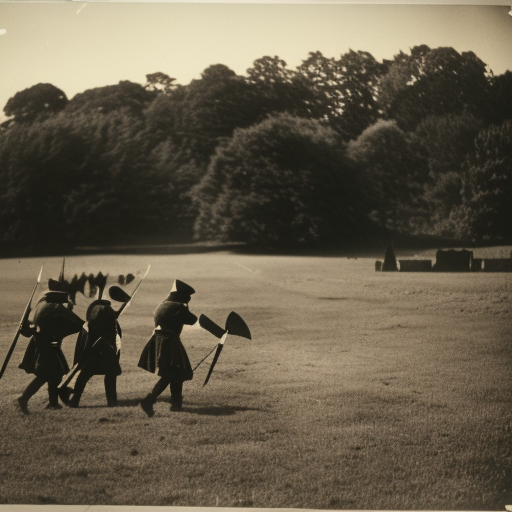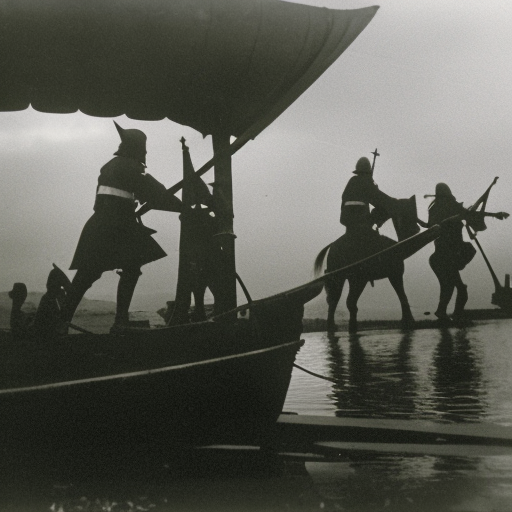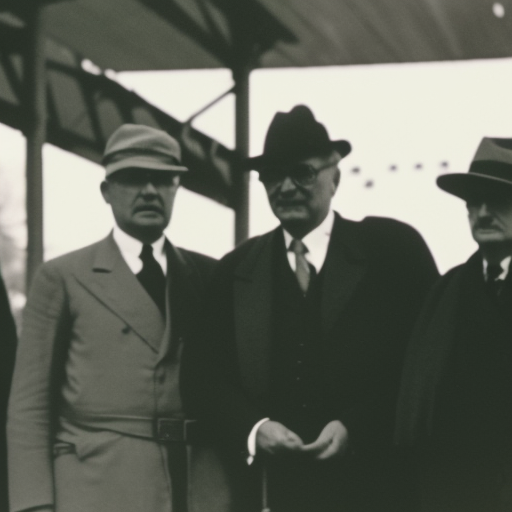The Battle of Hastings (1066)
The Battle of Hastings, which took place on October 14, 1066, was a significant event in English history. It was a decisive battle between the Norman-French army led by William the Conqueror and the English army led by Harold Godwinson, the last Anglo-Saxon king of England. The battle resulted in the Norman conquest of England and the end of Anglo-Saxon rule.
Background:
The battle was the culmination of a complex series of events. In January 1066, the death of Edward the Confessor, the English king, set off a succession crisis. Harold Godwinson, the powerful Earl of Wessex, was crowned king, but his claim to the throne was disputed by William, Duke of Normandy, and Harald Hardrada, the King of Norway.
The Norman Invasion:
In September 1066, William the Conqueror landed in England with his army, which included knights from Normandy and other parts of France. He claimed that Edward the Confessor had promised him the English throne. Harold, who had just defeated Harald Hardrada at the Battle of Stamford Bridge, rushed south to confront the Norman invaders.
The Battle:
The Battle of Hastings took place near the town of Hastings in East Sussex. Harold’s army, consisting mainly of infantry, positioned themselves on Senlac Hill, while William’s army, which included cavalry and archers, formed up on the opposite side of the battlefield.
The battle began with a Norman cavalry charge, which was met with a shield wall formed by the English infantry. The Normans repeatedly attacked the English line but were unable to break through. The fighting was intense, with both sides suffering heavy casualties.
During the course of the battle, Harold was killed, possibly by an arrow to the eye. His death led to a loss of morale among the English troops, and they eventually broke ranks. The Normans seized the opportunity and launched a final assault, routing the English army.
Aftermath:
With the death of Harold and the defeat of the English army, William the Conqueror became the undisputed ruler of England. He was crowned King of England on Christmas Day 1066, in a ceremony held at Westminster Abbey.
The Norman conquest of England had far-reaching consequences. The Normans brought with them a new ruling class, which replaced the Anglo-Saxon nobility. They introduced Norman French as the language of the ruling elite, which had a lasting impact on the English language.
The Battle of Hastings also marked the end of the Anglo-Saxon era in England and the beginning of the Norman era. It led to significant changes in English society, government, and culture. The Normans introduced feudalism, centralized government, and a more organized legal system.
In conclusion, the Battle of Hastings was a pivotal event in English history. It resulted in the Norman conquest of England and the establishment of Norman rule. The battle marked the end of the Anglo-Saxon era and the beginning of the Norman era, bringing about significant changes in English society and government.












